
World Population Day, which seeks to focus attention on the urgency and importance of population issues. Family planning is not only a matter of human rights; it is also central to women’s empowerment, reducing poverty and achieving sustainable development. In a world where basic human rights are threatened every day (and in our own country!!), it’s important to acknowledge how rights affect a person’s ability to thrive.
It’s an uphill battle to thrive without rights and resources. If you know someone who is lonely or going through a difficult time due to health issues, financial reasons, grief due to loss or personal reasons, today is a good day to reach out to them and try to cheer them up. Your small act of kindness can make a big difference to them.
Contemplating the ability to thrive can take a toll on our own souls. I cannot watch the news without crying, but I often feel helpless. Today, Christian believers will celebrate the feast day of Saint Benedict of Norcia. The early sixth century saint still shines as one of Western culture’s brightest lights. And yet, of all the things that can rightly be said about him, sometimes the most obvious is missed. When the young saint found himself desolate and confused, what did he do?
In the popular cave of Subiaco, which is still visited to this day by countless pilgrims, the answer is literally written on the floor of the entrance. In simple mosaic, the answer is given: “Pax.”
Benedict was looking for peace. He wanted peace in his own soul, peace with creation, peace with his fellow human beings, and peace with God. He did not flee from an “evil world,” but stepped aside from it so that he might be an instrument of goodness. There was no wrath or bitterness, only a gentle soul pursuing righteousness and tranquility.
Benedict was from a wealthy and established family. He grew up shortly after the implosion of the great Roman Empire, and his life was surrounded by the chaos that follows such a monumental cultural shock and re-structuring. In spite of the social instability, the status and wealth of Benedict’s family provided him with a relatively normal childhood and experience of life. And so, when the young Benedict went to Rome for his education, he was appalled by the disorder and turmoil in society and the licentiousness and corruption of its leaders. He found himself existentially dissatisfied and completely unhappy.
So he left.
And went to live in a cave.
But Benedict did not abandon the world. He took the world into his heart and sought to make his life an oblation of peace and holiness. Benedict did not forsake the human family. He simply followed a different path and offered that path to others (and still offers it to others in a spiritual way to this day).
Benedict had the holiness and the ability to take this step. His beliefs and instructions on religious life were collected in what is now known as the Rule of Saint Benedict -- still directing religious life after 15 centuries. In this tiny but powerful Rule, Benedict put what he had learned about the power of speaking and oratorical rhythms at the service of the Gospel. Despite his experience at school, he understood rhetoric was as much a tool as a hammer was. A hammer could be used to build a house or hit someone over the head. Rhetoric could be used to promote vice ... or promote God. Benedict did not shun rhetoric because it had been used to seduce people to vice; he reformed it.
In our own times, when so many people are emotionally or physically suffering due to the evils of our world, Benedict models a search for interior harmony. When life can appear to be a series of disappointments and uncertainties, Benedict’s path to tranquility is offered to us again.
Pope Francis believes the devil “poisons us with the venom of hatred, desolation, envy and vice. When we let down our guard, he takes advantage of it to destroy our lives, our families and our communities.”
In this spiritual combat, Christians have weapons given by the Lord, writes Francis: “faith-filled prayer, meditation on the word of God, the celebration of Mass, Eucharistic adoration, sacramental Reconciliation, works of charity, community life, missionary outreach.”
In short, he argues, “the cultivation of all that is good, progress in the spiritual life and growth in love are the best counterbalance to evil.”
So on this Feast of St. Benedict, remember those who are unable to thrive because their rights are threatened. Remember, too, that you have the ability to help by stepping away and actively invoking inner peace. Helping others require you to be diligent and peaceful. Stop by and see someone who has fallen off the radar. Write a letter to someone who is going through it. Pray for those who spew hateful rhetoric. Create peace in your community so that those without rights can thrive.
We can also pray to St. Benedict—protector against evil spirits—for his intercession and protection from the snares of the devil. We should all be wearing his medal when we watch, listen to, or read the news!
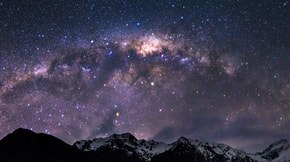
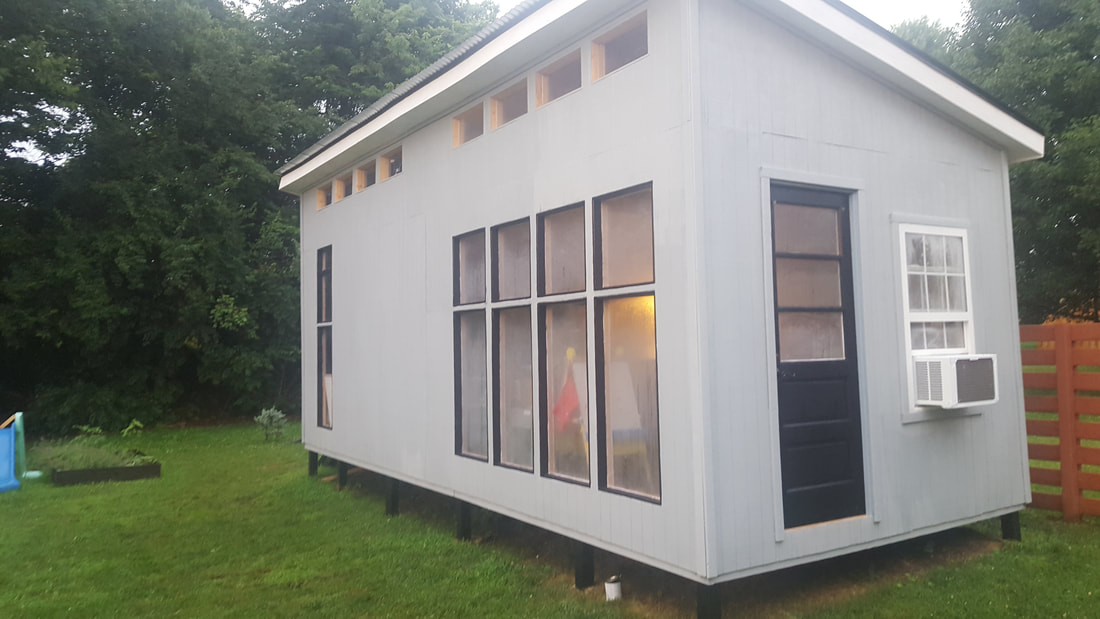
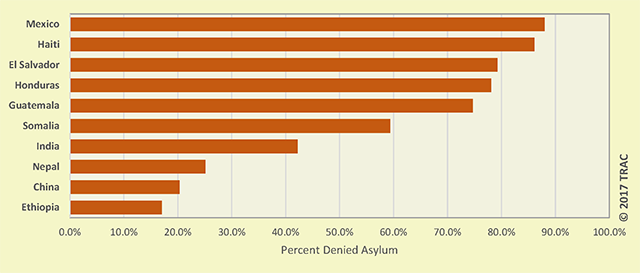
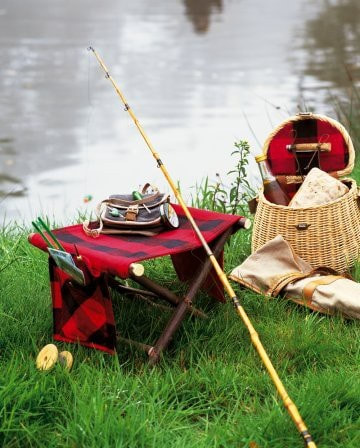
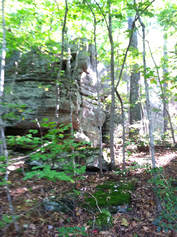
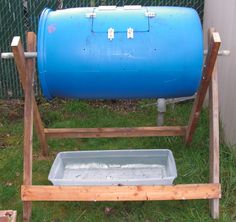
 RSS Feed
RSS Feed